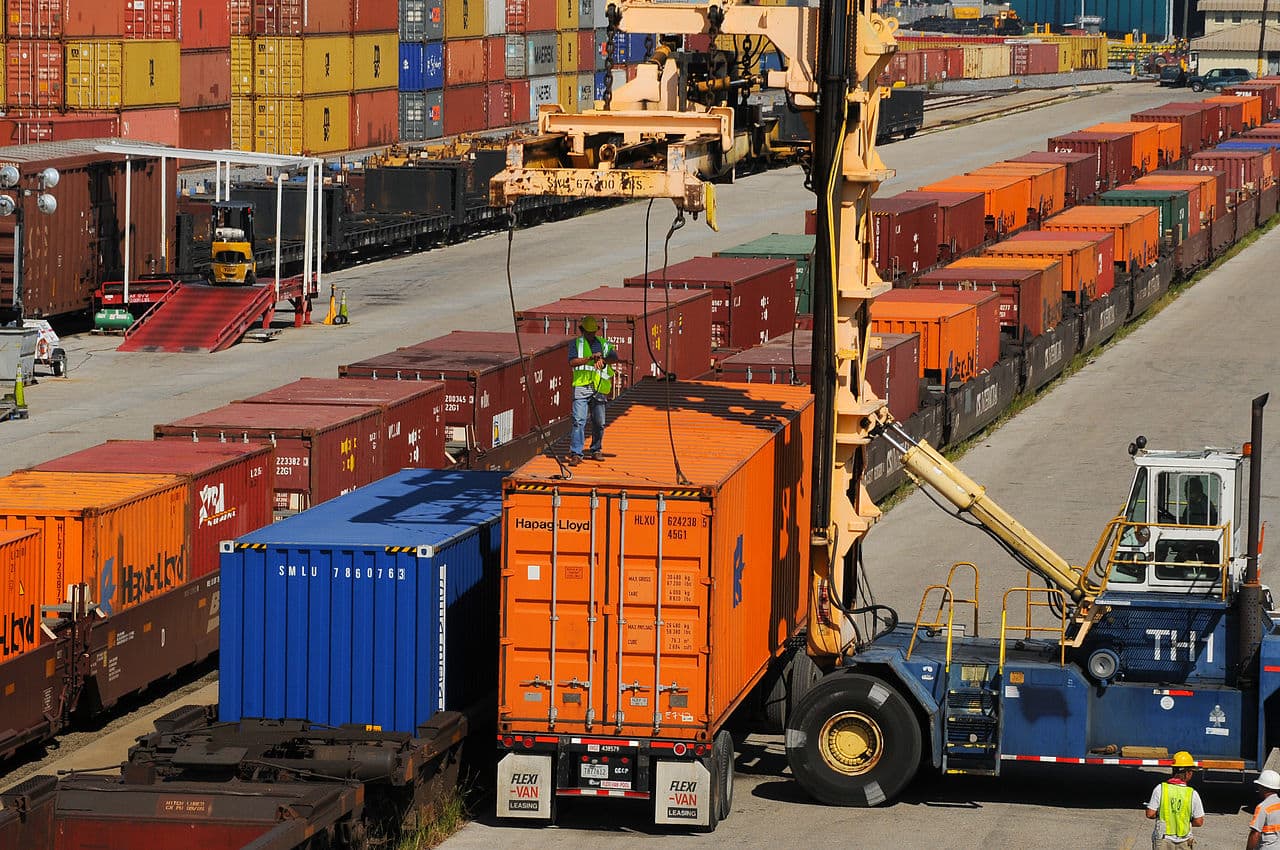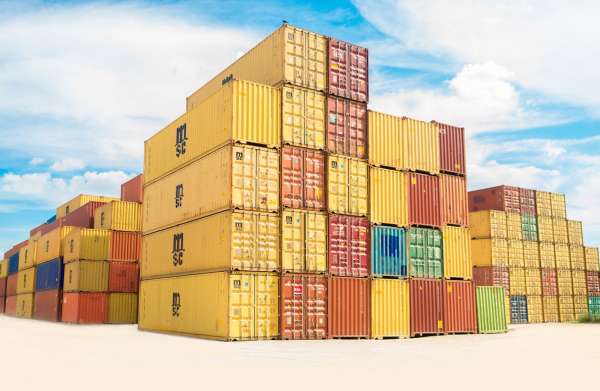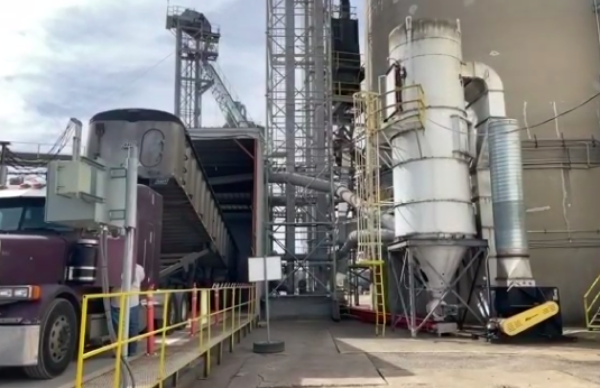Barges, trains and trucks: Logistics and moving soybeans
Lessons
# Infrastructure literacy
Students read recent articles on infrastructure and its importance to agriculture and share with classmates. Students read a position paper from the American Soybean Association about transportation and infrastructure. Links to articles included on teacher instructions.
Files
# Calculations with commodities
Students learn about capacities of various carriers of freight and use conversions to compare the methods on several levels.
Files
Teacher background
Transportation infrastructure is what connects U.S. soybean growers to the domestic and export market. Easy access to highways, rail and waterways allow for efficient transportation of soybeans by growers and traders. Watch this video to hear about where soybeans from the United States are shipped.
In July 2014, the American Soybean Association released a position paper supporting waterway and highway transportation infrastructure improvements and protections.
ASA supports the funding of dredging projects and increased monies toward dams and lock improvements along the Mississippi River. ASA also supports a revision of truck weight limits in the Safe and Efficient Transportation Act (SETA).
In one week during the August of 2015, the amount of soybeans and other commodity crops shipped by container ship for export, nearly exceeded 2 million metric tons!
Next gen science standards
Science and engineering practices
- Analyzing and interpreting data
- Using mathematics and computational thinking
- Obtaining, evaluating, and communicating information
Crosscutting concepts
- Scale, proportion, and quantity
Disciplinary core ideas/content
- ESS3A Natural resources
- ESS3C Human impacts on Earth systems
- LS2C Ecosystem dynamics, functioning and resilience
- ETS1B Developing possible solutions
- ETS2B Influence of engineering, technology and science on society and the natural world






Share this